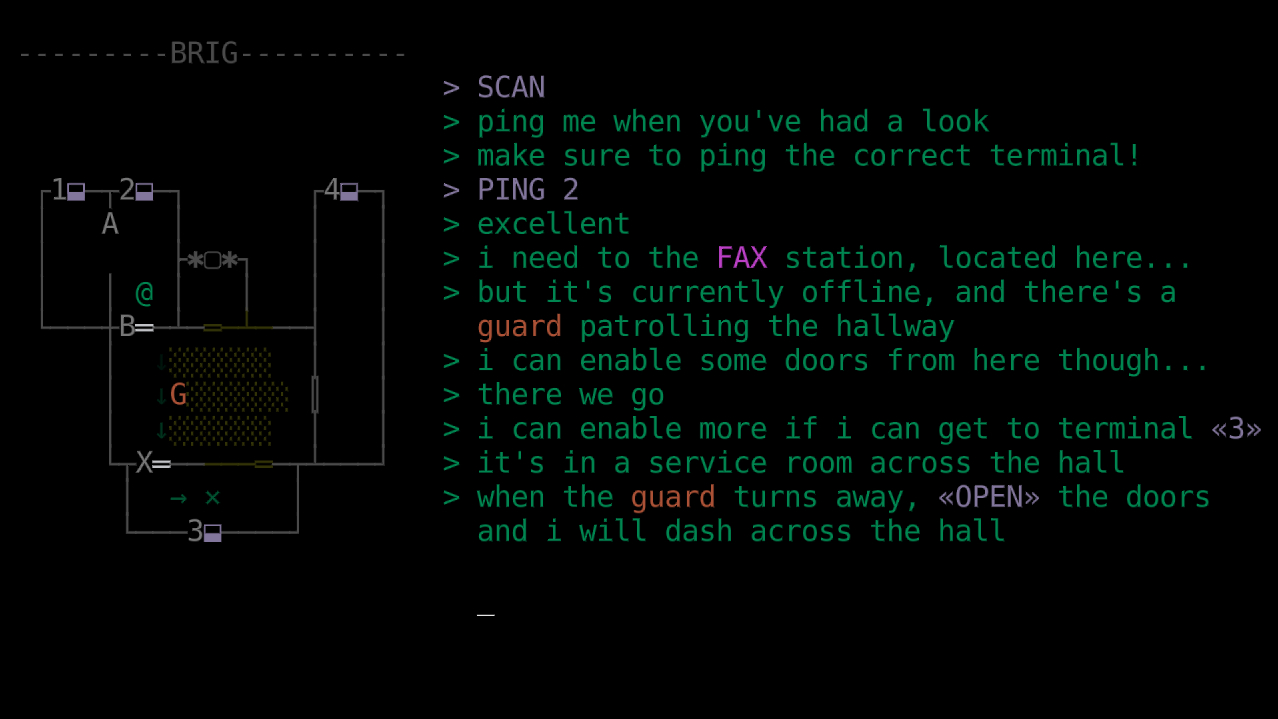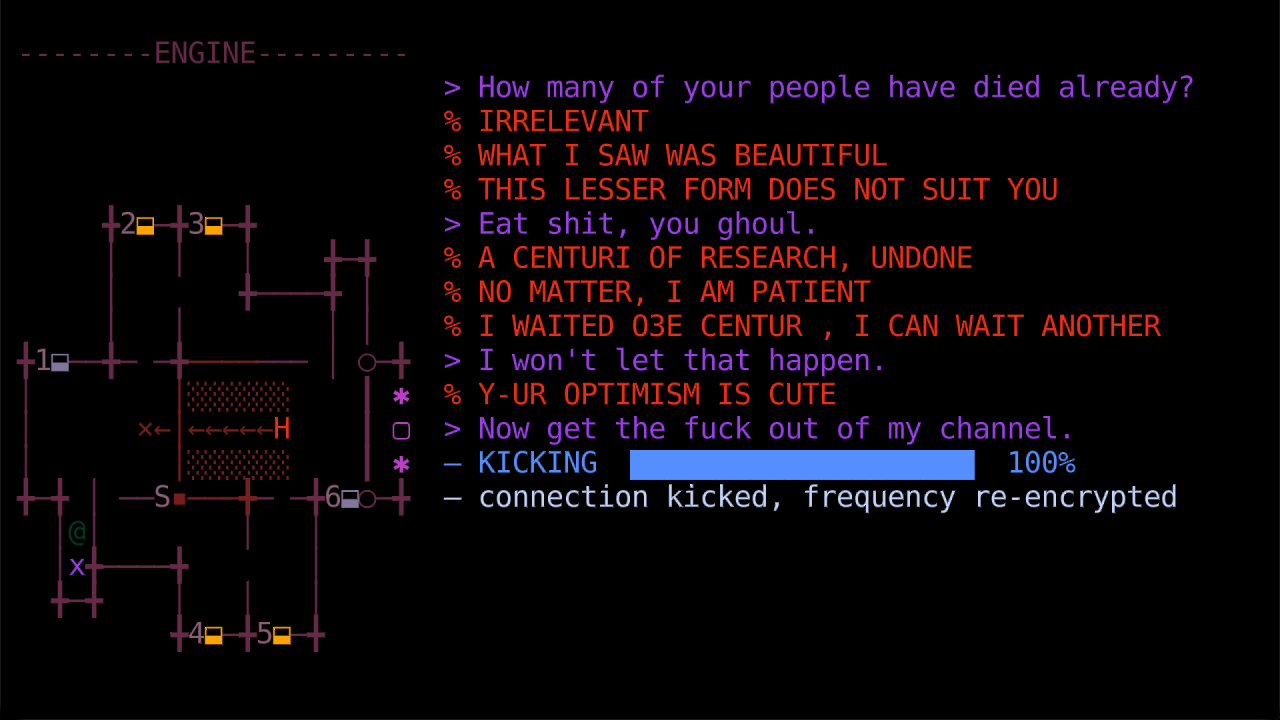Test Post
This post is for me to just test out all the features and styling of the blog, and to make sure that if I change the CSS or anything I don’t break any of it! This is also a sort of light style guide for blog posts in general.
Section Headers
Sections headers (prefixed with ## in markdown) are the main content separators for posts, and can be linked to directly. To link to them, the header’s text needs to be kebab-cased, so the above would be #section-headers.
But what about sub-headers?
I usually use ### sub-headers to ask the question I think the reader is (or should be) asking at this point in the article. For example, if I just posted some code with an obvious error, I might follow that up with ### Wait, won't that crash? or something similar. Using this approach lets me write posts in a conversational way, and helps me continually frame myself in the mind of the reader.
Table of Contents
Section and sub-headers can be used to generate a table of contents at the start of the page. To enable this feature for a post, add the following to the page’s frontmatter:
toml
[]
= true
I don’t like content that is nested more than 2 layers deep, so only ## and ### should be used to divide things up.
Embedding Code
This is prominently a coding blog, so code will show up a lot. First off, a monospaced text block is denoted by wrapping the text in triple back-tick characters ```.
┌──────────────────────────┐
│ This text is monospaced. │
│ This │
│ text │
│ is │
│ monospaced. │
└──────────────────────────┘
Syntax Highlighting
If you want syntax coloring, you put the name of the programming language immediately after the ticks. So writing this:
```rust
fn main() {
println!("Hello, world!");
}
```
Will produce this:
Code Block Title
Sometimes it can help to give a header to a code block to signal what it represents. To do this, you put a single-line block quote immediately before the code block. So by prepending the following code with > src/main.rs, I can produce this:
src/main.rs
This can be useful to explicitly state the programming language or format being used:
TOML
= "Test Post"
= "test-post"
= "Testing out styling and features."
[]
= ["meta"]
Inline Code
As seen above, sometimes code items are mentioned in regular paragraphs, but you want to draw attention to them. To do this, you can wrap it in ` back-tick quotes. For example, if I wanted to mention Rust’s Vec<T> type.
You can wrap a link around a code tag if you want to link to the docs, for example I could link to the Option<T>::take_if method directly.
Block Quotes
I can display a quote by prepending multiple lines of text with > like so, which will wrap it in a blockquote tag:
“This text will appear italicized in a quote box!”
Reader Questions
When displaying reader questions, I start the block quote with a bolded name, like so:
SonicFan420x69 asks:
“What is your opinion of the inimitable video game character, Sonic the Hedgehog? Please answer soon as it is a matter of life or death.”
Cited Quotations
For when I want to have a citation, I can use the html <cite> tag after the quote text and it will prepend it with a nice — em dash.
“I don’t know half of you half as well as I should like, and I like less than half of you half as well as you deserve.”
Bilbo Baggins
Icons & Images
They were shown in the previous section, but icons (provided by Remix Icon), can be used anywhere by inserting an <i> tag with the icon’s class. These are useful for adding some detail and decorating to the pages, and is another way to break up text.
Embedding Media
Images and videos are a great way to break up content and prevent text fatigue.
Images
Images can be embedded using the usual markdown syntax:

When there are multiple paragraphs of text in a row (usually 3-4), and nothing else to break them up, images can be interspersed to help prevent text-wall fatique.
You can also add captions to images:
But there is no way to do this in markdown so you have to use the <figure> tag like so:
Caption text goes here.
Videos
To embed a video, you use the youtube shortcode e.g.
post.md
You can also add the autoplay=true flag to make the video autoplay.
The shortcode is processed into an iframe which looks like this:
post.html
Miscellaneous
You can also create <hr> horizontal rule tags using --- in markdown, like so:
But these should be used sparingly, if at all.